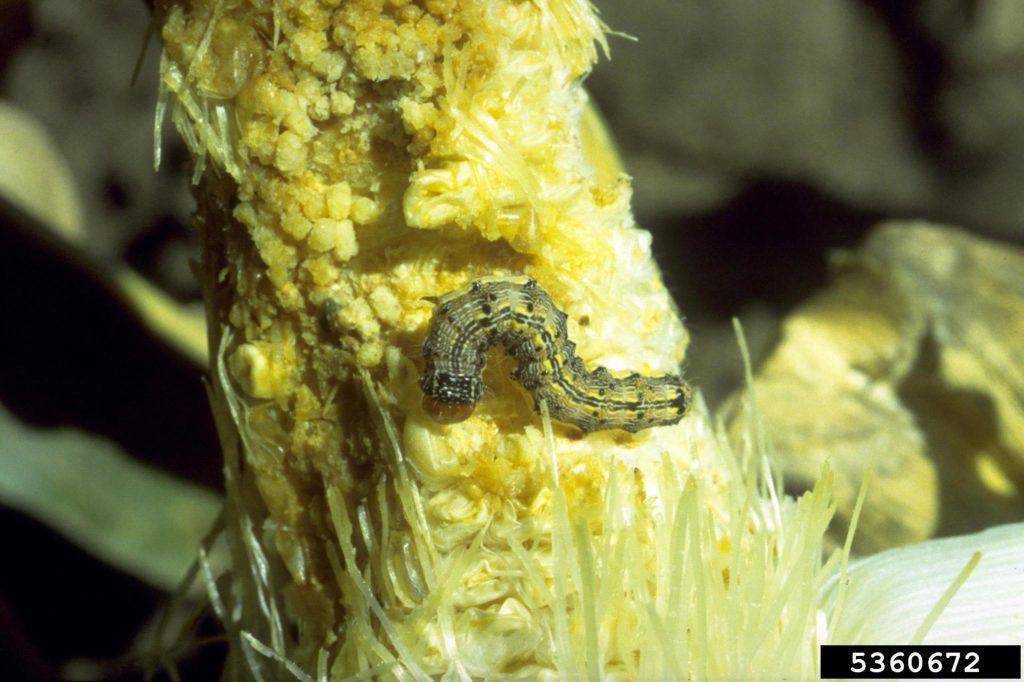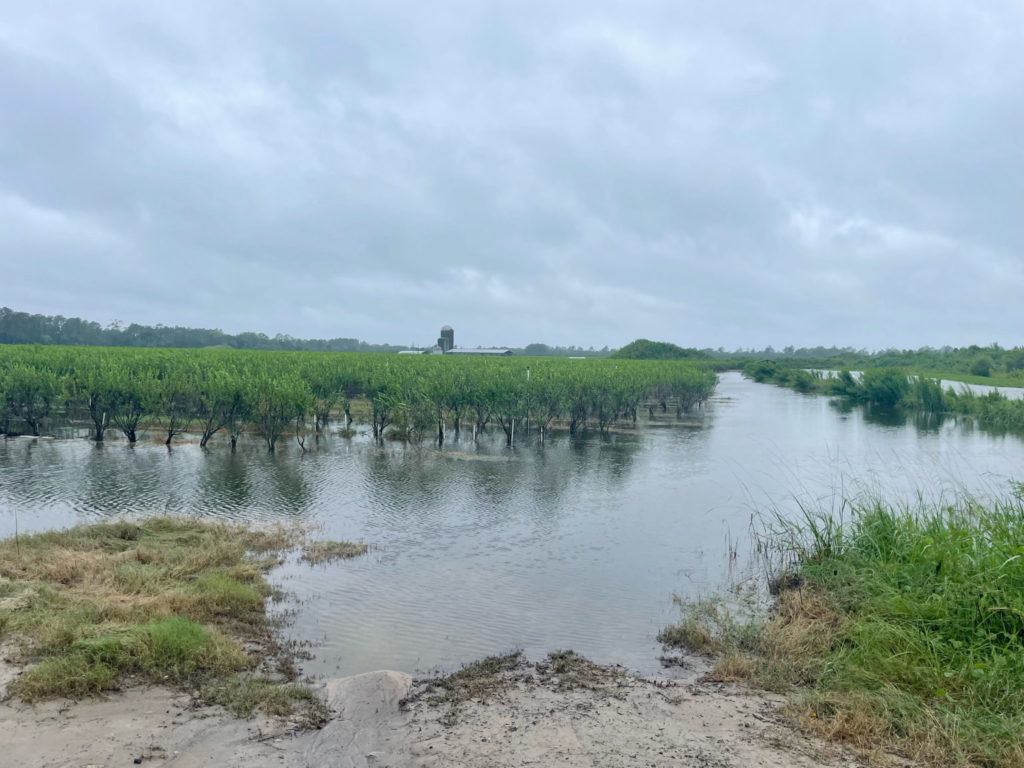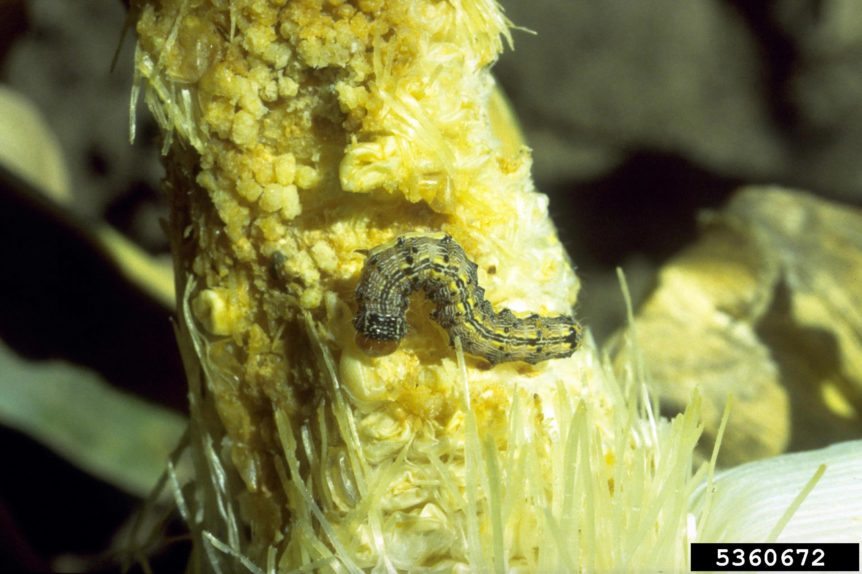
By Clint Thompson
The Specialty Crop Tracker is a record of this year’s crop progress based on observations from growers, Extension agents and other industry stakeholders on the ground throughout the Southeast.
Hurricane Debby Floods Fields
In early August, Hurricane Debby slowly rolled through the Southeast, dumping huge amounts of rain in certain areas. For some specialty crop growers, it left fields standing in water. Georgia blueberry grower Russ Goodman was among them.
The business he co-owns, Cogdell Berry Farm in Homerville, Georgia, had 10+ inches of rainfall from the storm. And it had been wet before Debby passed through.
“We’ve got a lot of blueberry plants that are under water. I don’t know how long it’s going to take for the water to get out, but it’s not good,” Goodman said. “I’m really concerned about plants drowning and root rot. We have one farm that’s had 30 inches of rain in the last month, since July 1. I think the crop’s going to be impacted for next year no matter what.”
Bumper Crop for North Carolina Peaches
North Carolina peach farmers experienced a bumper crop this year. It’s the best crop in recent memory, according to one producer.

“It’s the best crop I’ve seen, and I’m 44 years old. It’s an outstanding crop for North Carolina,” said Brad Thompson, president of the North Carolina Peach Growers’ Society.
The reason for such optimism is simple. There was no frost or late freeze damage to kill off any susceptible fruit. The absence of the No. 1 threat to North Carolina peach production allowed the state’s crop to produce to its fullest potential.
“Varieties that are really early didn’t get hurt. We’ve got varieties now all the way until September. Usually, we have a lull at some point where something got killed due to a late freeze. We don’t have that this year, and it’s across the state — growers in the east, west and in the mountains. All have full crops, which is very unique,” Thompson said.
Chilli Thrips Thwart Florida Strawberry Production
Chilli thrips were as challenging as they have ever been in Florida strawberries this past season. According to Sriyanka Lahiri, University of Florida Institute of Food and Agricultural Sciences assistant professor, the insect pests were especially tough on strawberries planted in early fall.
“This season was particularly tough for the growers, especially the ones that had planted in September. They experienced high populations of chilli thrips very early. I started getting calls from growers in mid-October,” Lahiri said. “It was a very warm winter, and the thrips seem to be spending their summers around the same fields. They’re not going far away. The moment that the strawberries are going into the ground, they are showing up in bigger numbers.”
With planting season looming, producers need to be aware that the thrips are most vulnerable earlier in the season.
“Once they show up early in the season, they are the most susceptible at that stage. They show up in really huge numbers that will not be sustainably controlled using a predator or pathogen,” Lahiri said. “It’s better to use a chemical control option, and the growers should avoid using low label rates. They should use the highest label rate, but they should try not to use a certain product more than twice in a given season.
“It’s best to limit the application to just two, even though most labels will let them do three applications in a season. I think that (resistance) is part of the problem.”
Corn Earworm Control a Concern
Pyrethroid resistance in corn earworm is a major concern for sweet corn producers across the Southeast.
Stormy Sparks, University of Georgia cooperative Extension vegetable entomologist, said other insecticides are more costly and have to be applied more regularly in sweet corn. That combination of cost and frequency of applications could lead to a decrease in acres across the Southeast.
“It doesn’t take a whole lot of damage to make a field unharvestable, maybe 9% or 10% and growers won’t even harvest it,” Sparks said. “It has probably already impacted acreage. I don’t know about total acreage, but when you talk to sweet corn growers and consultants, they talk about a spring crop, summer crop and a fall crop. A lot of them have already abandoned the summer crop because pest pressure is so high. It has already had some impact.”
Corn earworm’s damage is devastating in sweet corn. It can make the crop unmarketable.
“It attacks the ears, but they lay eggs on the silks. The larvae go right down the silk panel and eat on the tip of the ear,” Sparks said. “Most agricultural people that grow it in their backyard harvest it, cut off the tip of the ear and eat it. You can’t send that to a supermarket.”
Alabama Producers Optimistic About Pecan Crop
Alabama pecan producers are feeling optimistic about their crop for the first time in four years.
Not since 2020 have the state’s pecan farmers felt this good about its crop heading into harvest season, according to Bryan Wilkins, Auburn University research associate.
“It was a decent June drop, but it just really thinned them out like they needed to be. I’ve talked to one or two people that don’t have a lot, but most everybody I’ve talked to is optimistic,” said Wilkins.
He added that producers will not be out of the woods for another couple of months.
“The (hurricanes) that have always hurt us have been late in the year. Frederic was late in the year as was Sally and Ivan. The ones that have really knocked us for a loop have always been around September,” Wilkins said. “Right now, we’re just keeping our fingers crossed.
“Everybody’s optimistic, looking for a good year. If everything goes right, we’re going to have a really good year over here.”
Positive Georgia Peach Production
What a difference a year made for Georgia’s peach producers. One year after experiencing the lowest of lows with regards to peach production, the state’s growers enjoyed the highest of highs with this year’s crop.
Phil Brannen, University of Georgia Cooperative Extension fruit disease specialist, described how different this year’s yield was.
“Overall, it was a very good year. In some cases, production was off a little bit. We don’t know exactly why. But probably we’re looking at least 85% to 90% of a crop of what we would expect. That’s not bad,” Brannen said. “Last year was in the 5% range for a lot of people, 10% at the most.”
Unseasonably warm temperatures in February 2023 led to early blooms for Georgia’s peach trees. It made them vulnerable to late frosts, which occurred in March. The result was a disastrous crop and very minimal production in Georgia.










